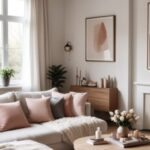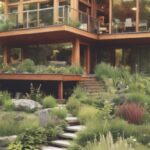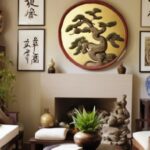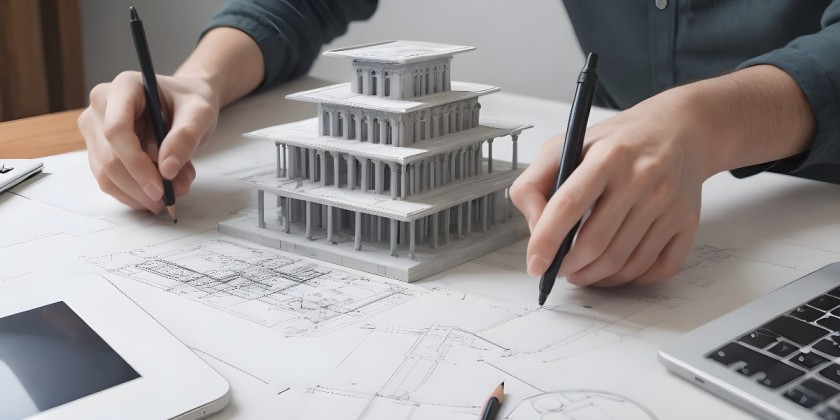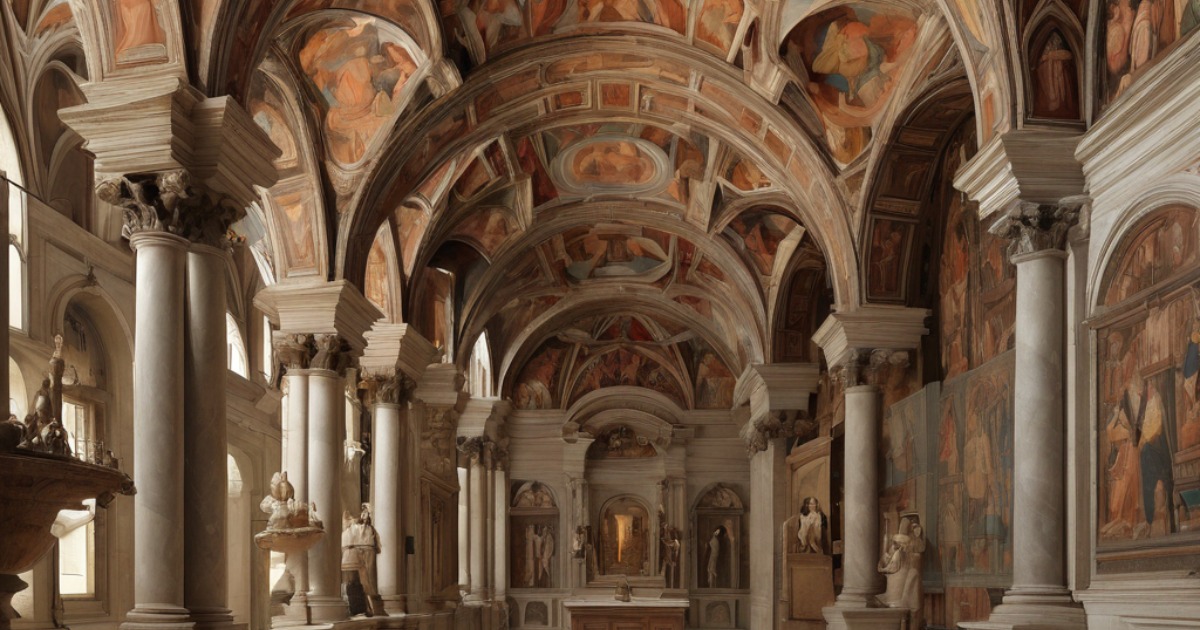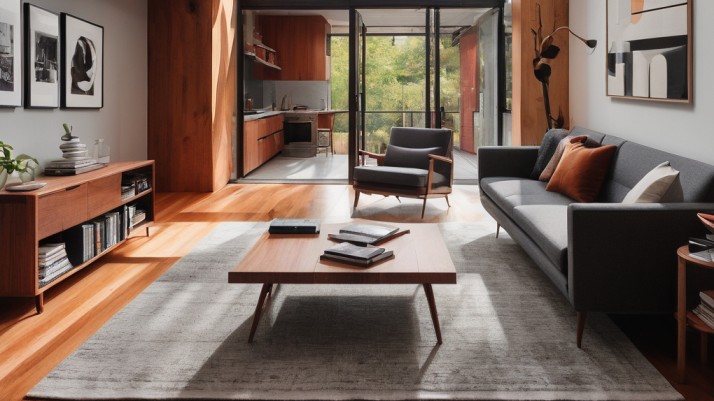LED TV Wall Panel , which provide an appearance that is both streamlined and up-to-date, have quickly become an essential component of the interior design of today’s modern homes. LED televisions placed in a prominent position on the wall are becoming more popular as a key design feature for TV wall panels.
This creates a design element that is both aesthetically arresting and useful. In this piece, we will examine six different contemporary LED TV wall panel designs in the hopes of providing you with ideas for your own house.
The Floating Wall Panel may be seen here
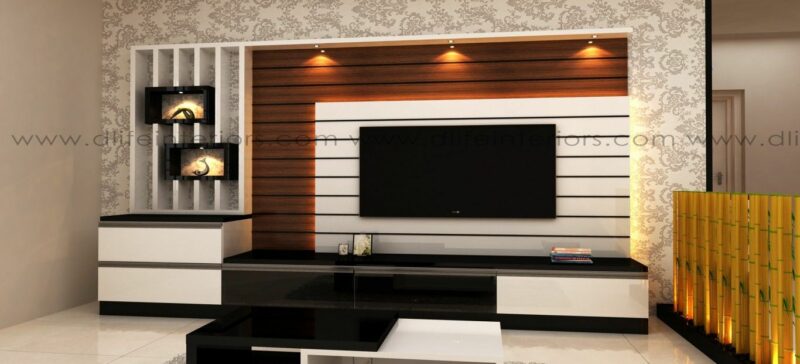
Modern LED TV Wall Panel Designs
The TV seems to be levitating on the wall thanks to the floating wall panel, which has a style that is both contemporary and simple. Mounting the television on a narrow metal frame that is mounted to the wall is the standard method used in this design. The end result is an aesthetic that is uncluttered and unbroken.
The wall panel may be completed in a neutral color to complete the aesthetic, such as white or gray so that the television can serve as the primary focal point of the design.
Also Read:Outdoor Wall Decor Ideas
The Wall Panel That Is Built In
The TV is integrated into the overall design of the wall using a built-in wall panel, which is a design that adheres to more conventional aesthetic standards. Creating a unified and unbroken appearance is the goal of this design, which often entails constructing a bespoke frame or shelving unit around the television.
In order to provide a cohesive look across the space, the built-in wall panel may have its surface covered in a number of materials, such as wood, stone, or tile, depending on the desired effect.
The Creative Panel for the Wall
The LED TV wall panel is incorporated into a bigger piece of art via the use of an inventive and one-of-a-kind pattern that is found on the beautiful wall panel. The TV itself acts as the canvas for a piece of artwork that is displayed in this form, which often entails the construction of a bespoke frame or shelf unit.
The artwork in question may be a painting, a picture, or even a mural, and it may be modified or upgraded according to the user’s preferences.
The panel on the wall that is mirrored
The installation of a huge mirror behind the television is the key component in creating the contemporary and eye-catching style known as the mirrored wall panel. This design not only gives the impression that the television is floating in the room, but it also gives the room more depth and dimension.
The mirrored wall panel is adaptable and may be used in conjunction with a wide range of various design aesthetics, from contemporary and minimal to classic and glamorous.
The Wall Panel with a Texture
Texture and depth are both included into the design of the textured wall panel, which is a design for wall panels. This pattern may be executed with a number of materials, such as wood, stone, or tile, and it can be combined with a wide range of aesthetic approaches.
The textured wall panel not only gives the room more visual appeal and depth, but it’s also versatile enough to go with a wide range of various design aesthetics, from contemporary and trendy to industrial and rustic.
The paneling for the accent wall
The television is incorporated into a bigger, more statement-making wall design via the use of a design known as an accent wall panel. In most implementations of this layout, the television is surrounded by a custom-made frame or shelving unit, and the wall itself is finished in an eye-catching color or pattern.
The accent wall panel is a fantastic way to bring a dash of color or texture into the room, and it can be used with a wide range of various design aesthetics.
In conclusion, LED televisions have become an essential component of the interior design of contemporary homes and have the potential to play a prominent role in the design of wall panels.
There are many different styles available for contemporary LED TV wall panels, ranging from the understated floating wall panel to the daring and attention-grabbing accent wall panel. When deciding on the best design for your house, it is important to take into account both your own unique sense of style and the overall aesthetic of the space.

